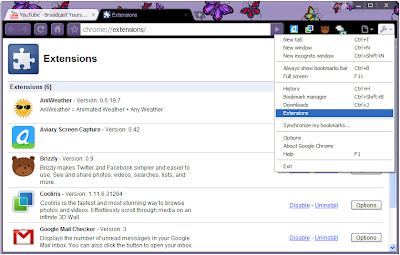Today a group of DNS and content providers, including Neustar/UltraDNS and Google are publishing a
proposal to extend the DNS protocol. DNS is the system that translates an easy-to-remember name like www.google.com to a numeric address like 74.125.45.104. These are the IP addresses that computers use to communicate with one another on the Internet.
By returning different addresses to requests coming from different places, DNS can be used to load balance traffic and send users to a nearby server. For example, if you look up www.google.com from a computer in New York, it may resolve to an IP address pointing to a server in New York City. If you look up www.google.com from the Netherlands, the result could be an IP address pointing to a server in the Netherlands. Sending you to a nearby server improves speed, latency, and network utilization.
Currently, to determine your location,
authoritative nameservers look at the source IP address of the incoming request, which is the IP address of your DNS resolver, rather than your IP address. This DNS resolver is often managed by your ISP or alternately is a third-party resolver like
Google Public DNS. In most cases the resolver is close to its users, in which case the authoritative nameservers will be able to find the nearest server. However, some DNS resolvers serve many users over a wider area. In these cases, your lookup for www.google.com may return the IP address of a server several countries away from you. If the authoritative nameserver could detect where you were, a closer server might have been available.
Our proposed DNS protocol extension lets recursive DNS resolvers include part of your IP address in the request sent to authoritative nameservers. Only the first three octets, or top 24 bits, are sent providing enough information to the authoritative nameserver to determine your network location, without affecting your privacy.
The Internet-Draft was
posted to the dnsext mailing list today, and over the next few months our group hopes to see this proposal accepted as an official Internet standard. We plan to continue working with all interested parties on implementing this solution and are looking forward to a healthy discussion on the dnsext mailing list.
(Updated 24 Jan 2011 to fix broken links)By Wilmer van der Gaast and Carlo Contavalli on behalf of the Google Public DNS team
